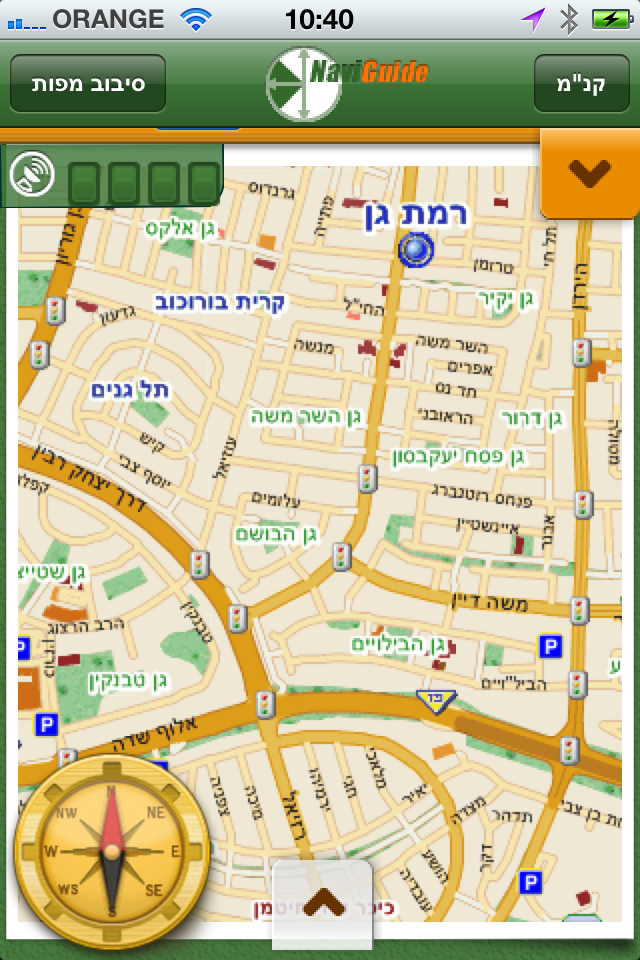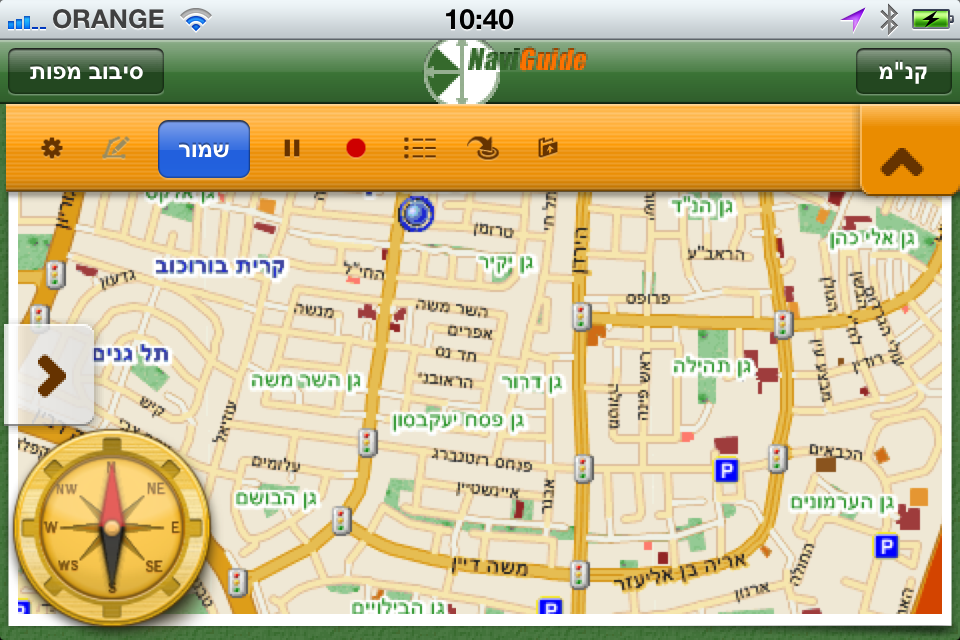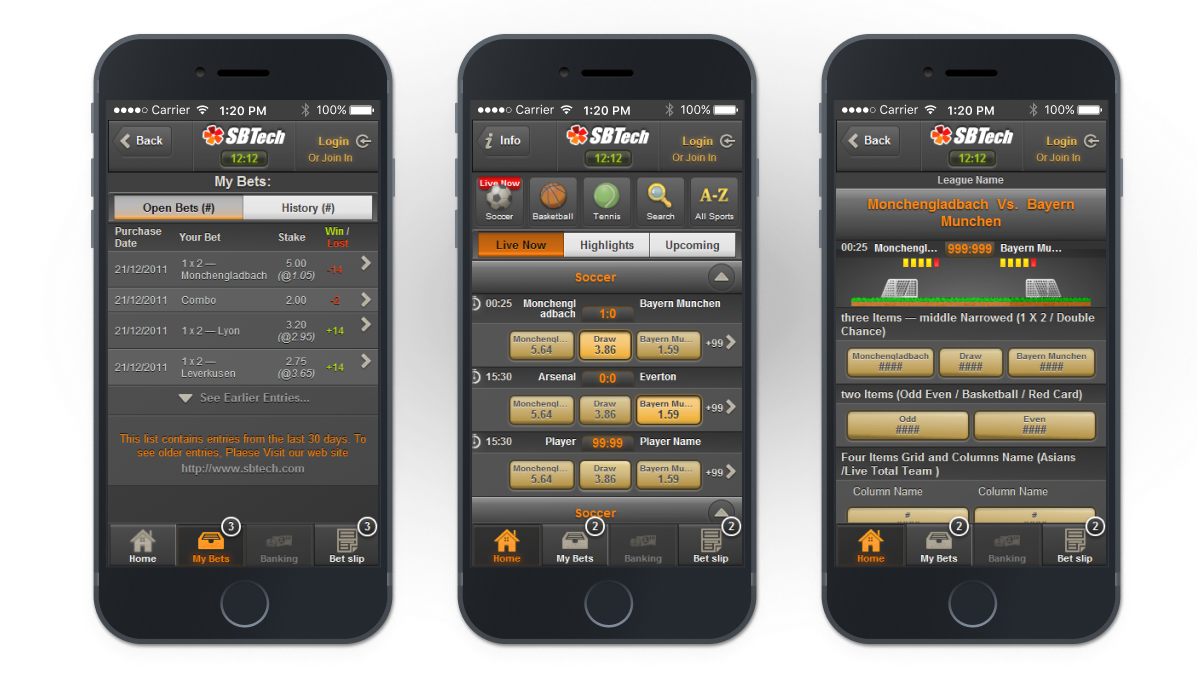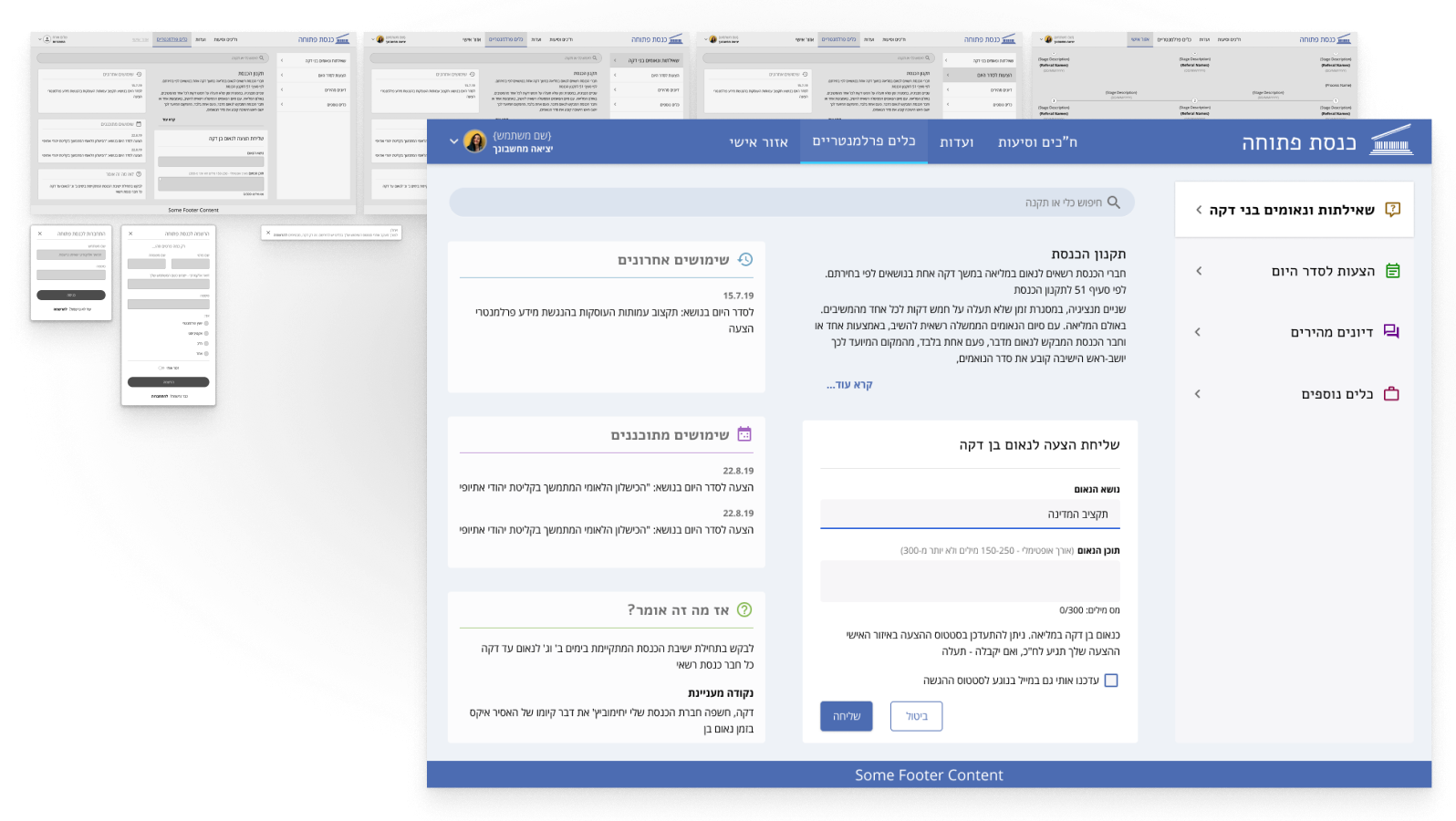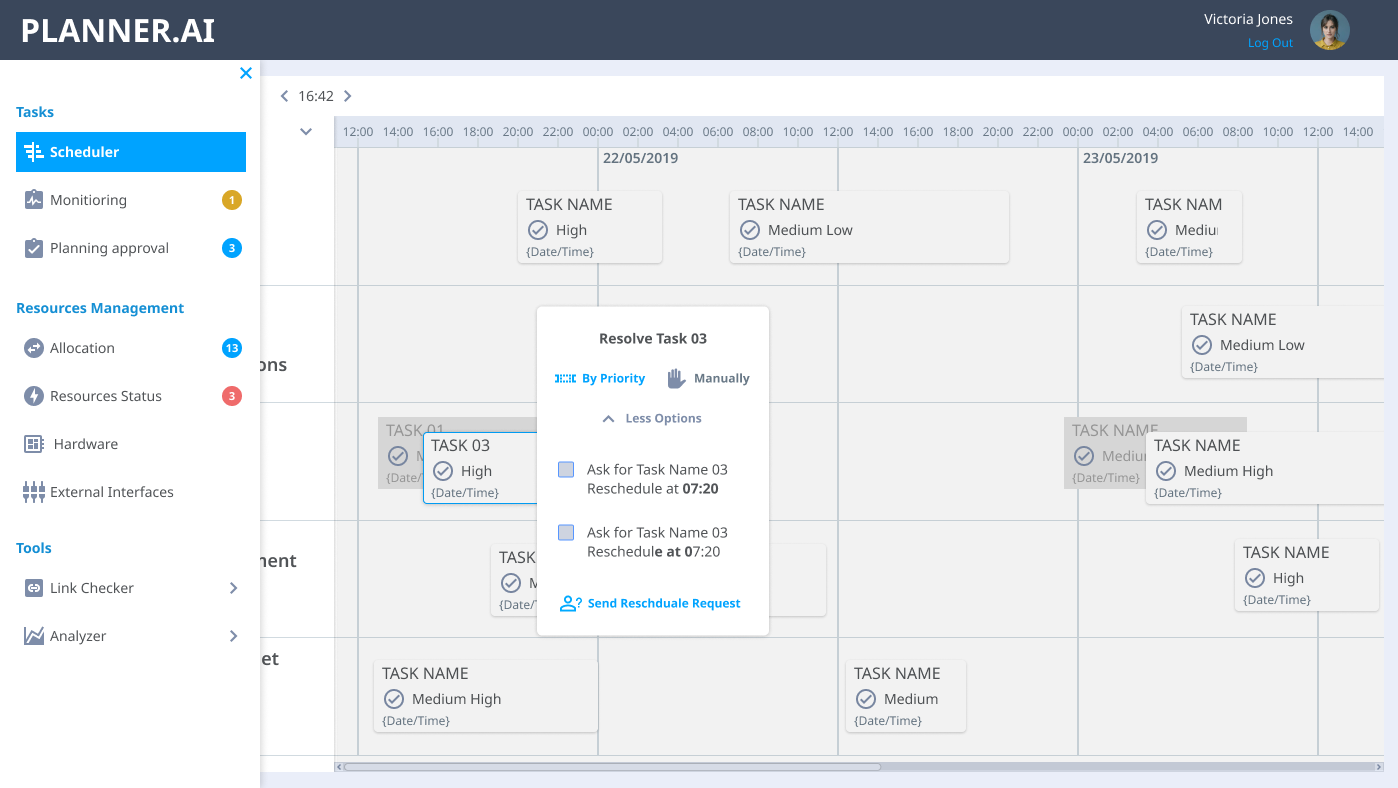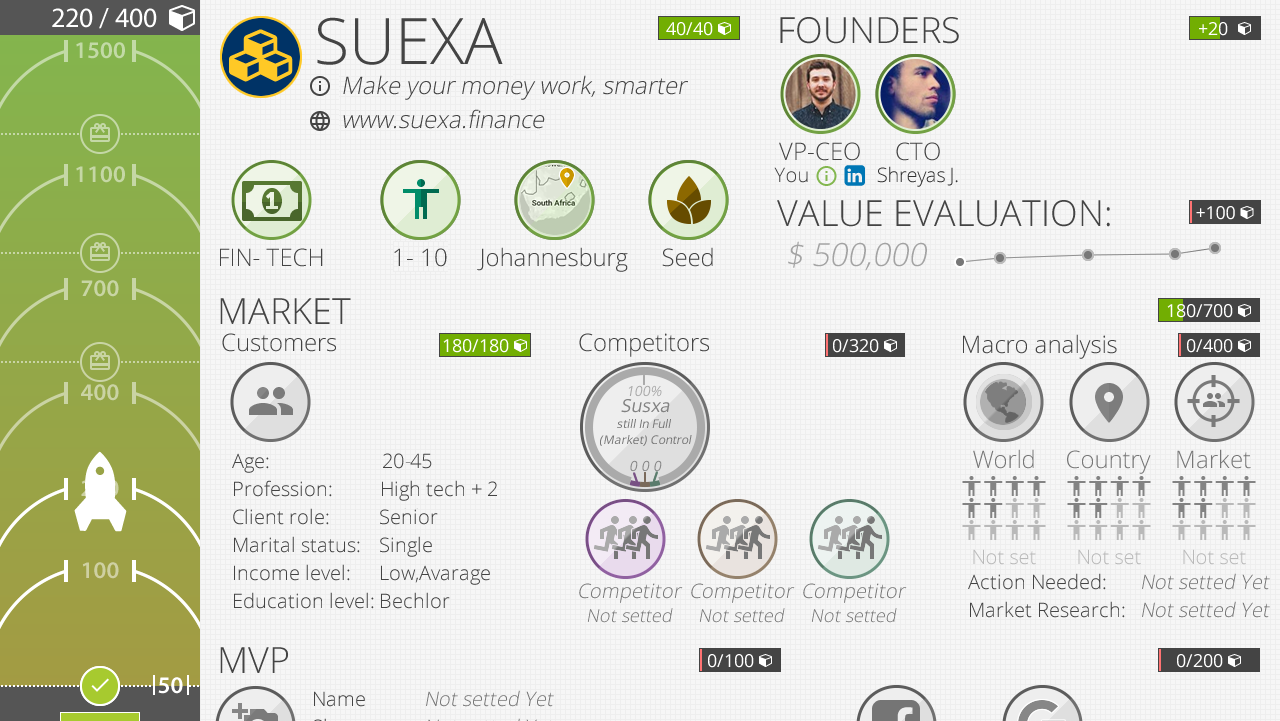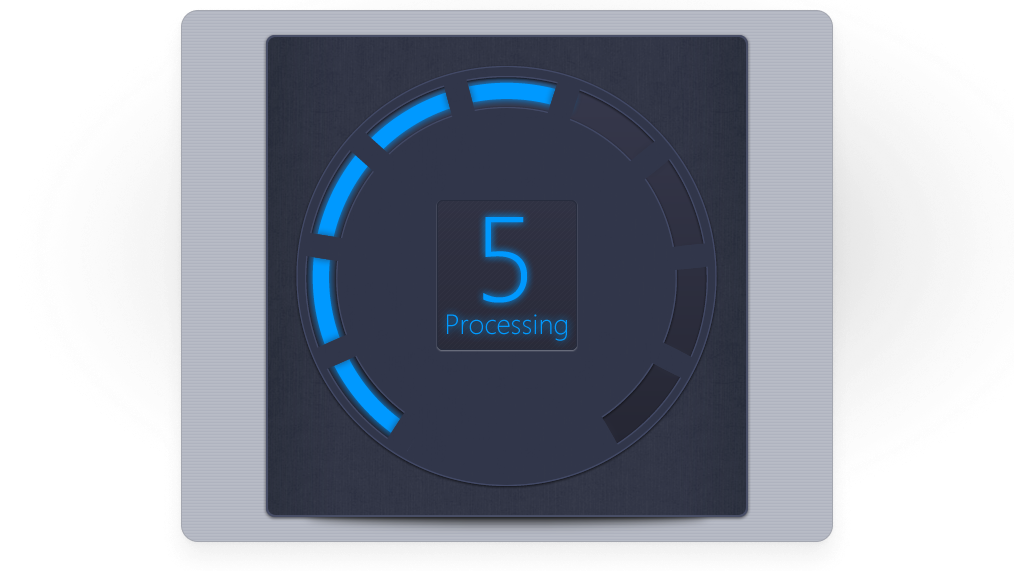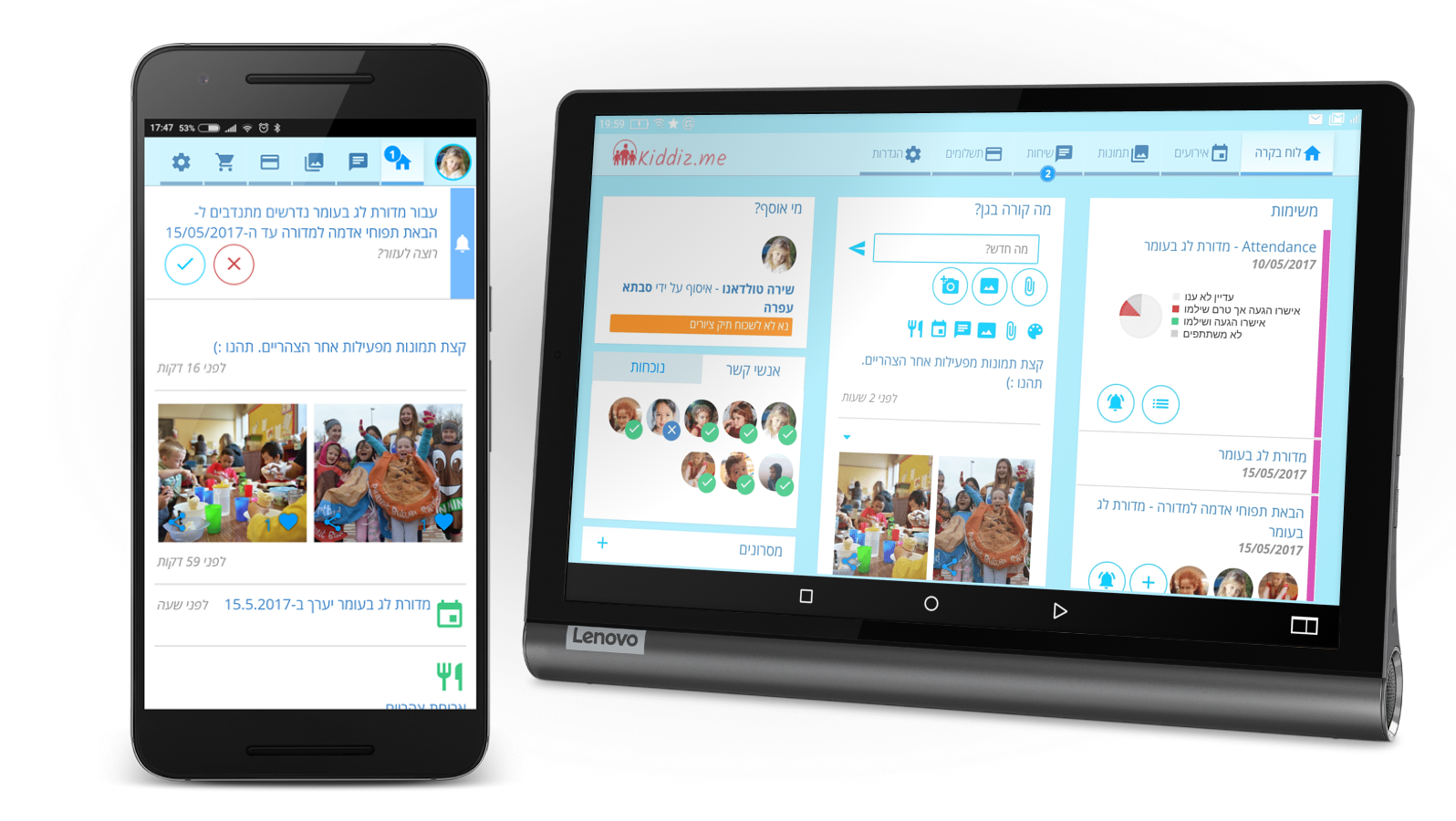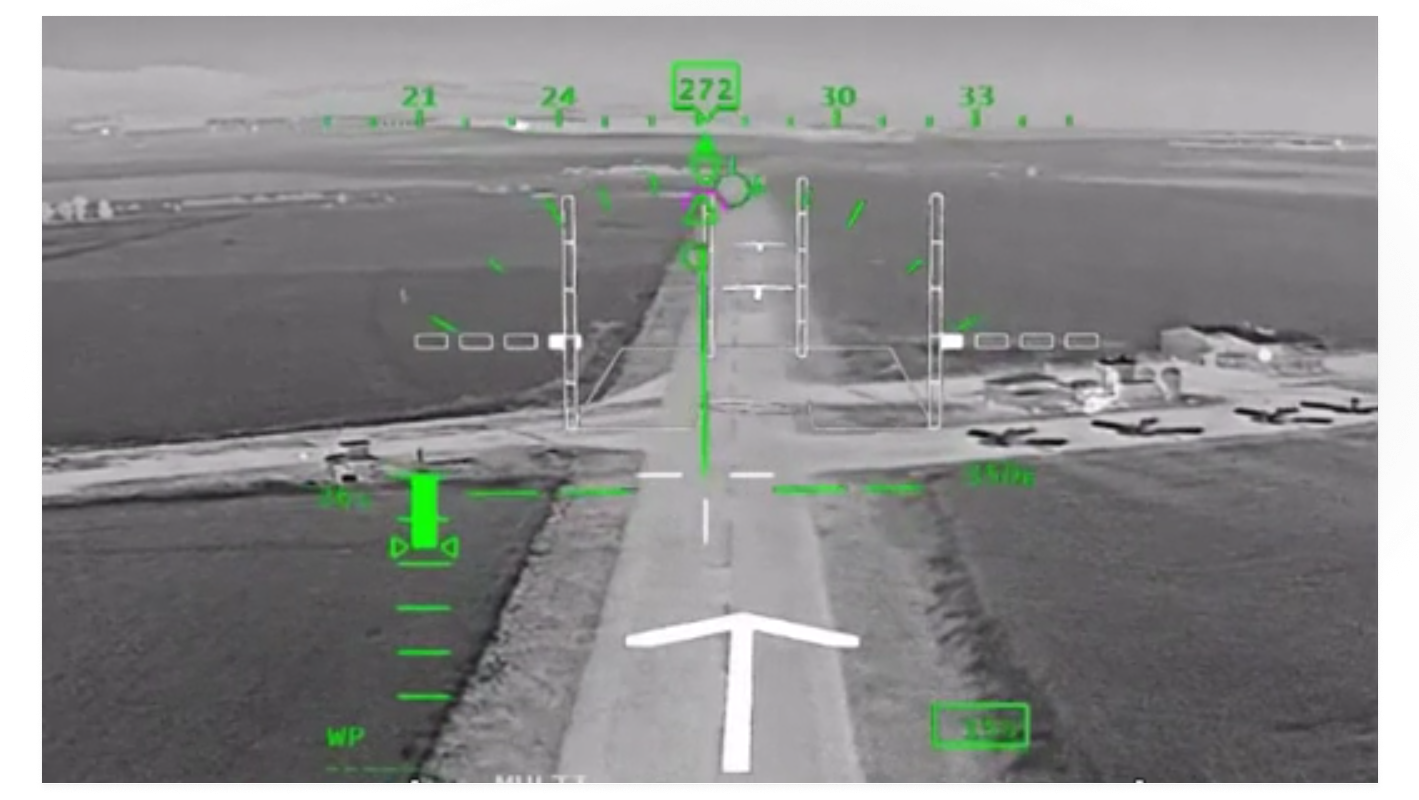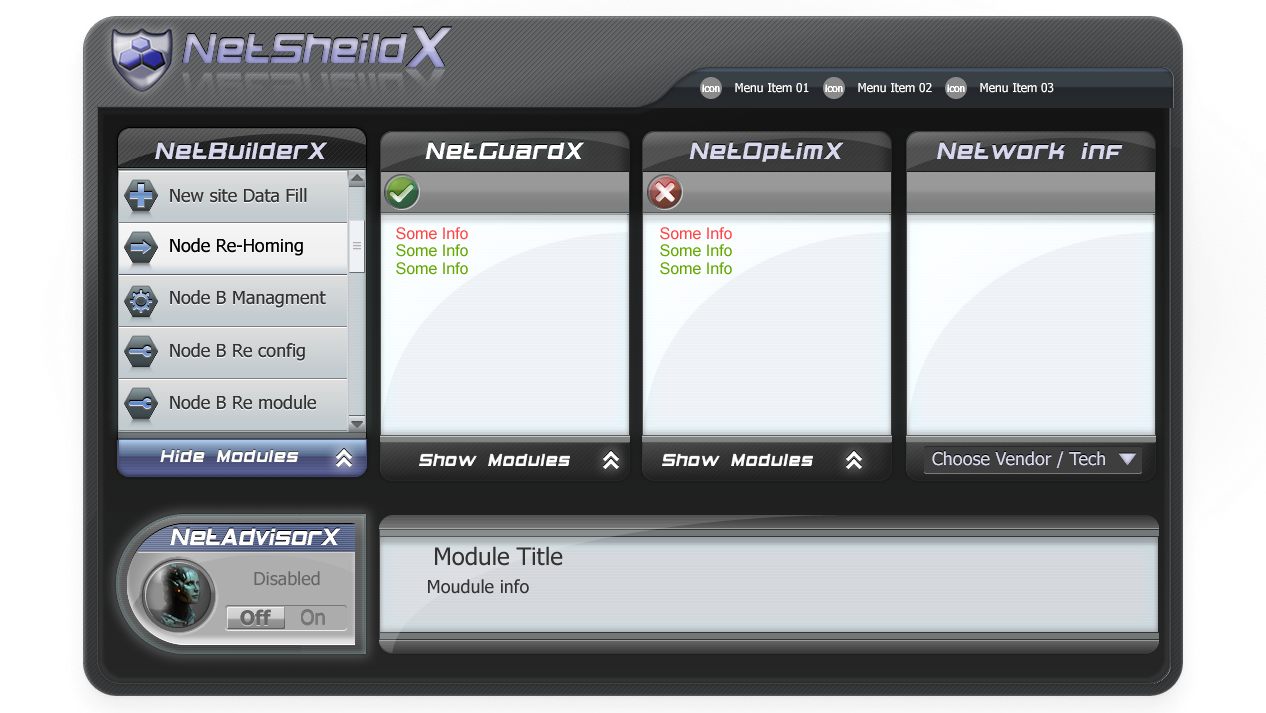Brief
Design an iOS application that will enable both navigation and planning routes and enhance the software capabilities
Current solution include of two pieces of software:
+ PDA software that allow to load route data and navigate with it or record new route data
+ PC software for Planning and editing route information
Route data is uploaded and published in community driven website
Research
Before starting the project the following conclusions was made:
There is no competitors smartphone application or reference to learn from Naviguide
There is no competitors smartphone application or reference to learn from Naviguide
The applications target audience include two user type:
+ Users that uses Naviguide on PDAs and will move to iOS
+ Users that are using or will use off road navigation and have iOS device
Two level of users was defined:
+ Common and new users will load a route and navigate by it
+ Advanced users will plan or record routes, add edit and verify information (what originally made using a PC software)
Task Analysis and user flow
With the conclusion above, next step was to identify, evaluate and remap user tasks From PDA and PC and prioritize those tasks by user usage level.
After analysing this tasks a user flow diagram was made to describe the different application screens and states and roughly how and where they will displayed considering iOS Guide lines and controls
Final user flows
Concepts
The user flow was translated into wireframes screens and states
On top of them user actions were mapped to controls or gestures.
As a rule of thumb, common actions would be mapped to tap gesture and buttons on the toolbar those action grouped to the the top right (hebrew read direction) to make interaction clear to any user
Where advanced actions will be made mostly from different screen mode or screen
As there were not too many resources on map interactions in iOS, defining the advanced map actions such as edit, add or delete information was challenging.
For example: the pattern of deleting a waypoint on a route action was mimicked the action of removing an application is iOS
For example: the pattern of deleting a waypoint on a route action was mimicked the action of removing an application is iOS
During the process short prototypes (of specific micro interactions) was delivered to the client and iOS users to evaluate and test
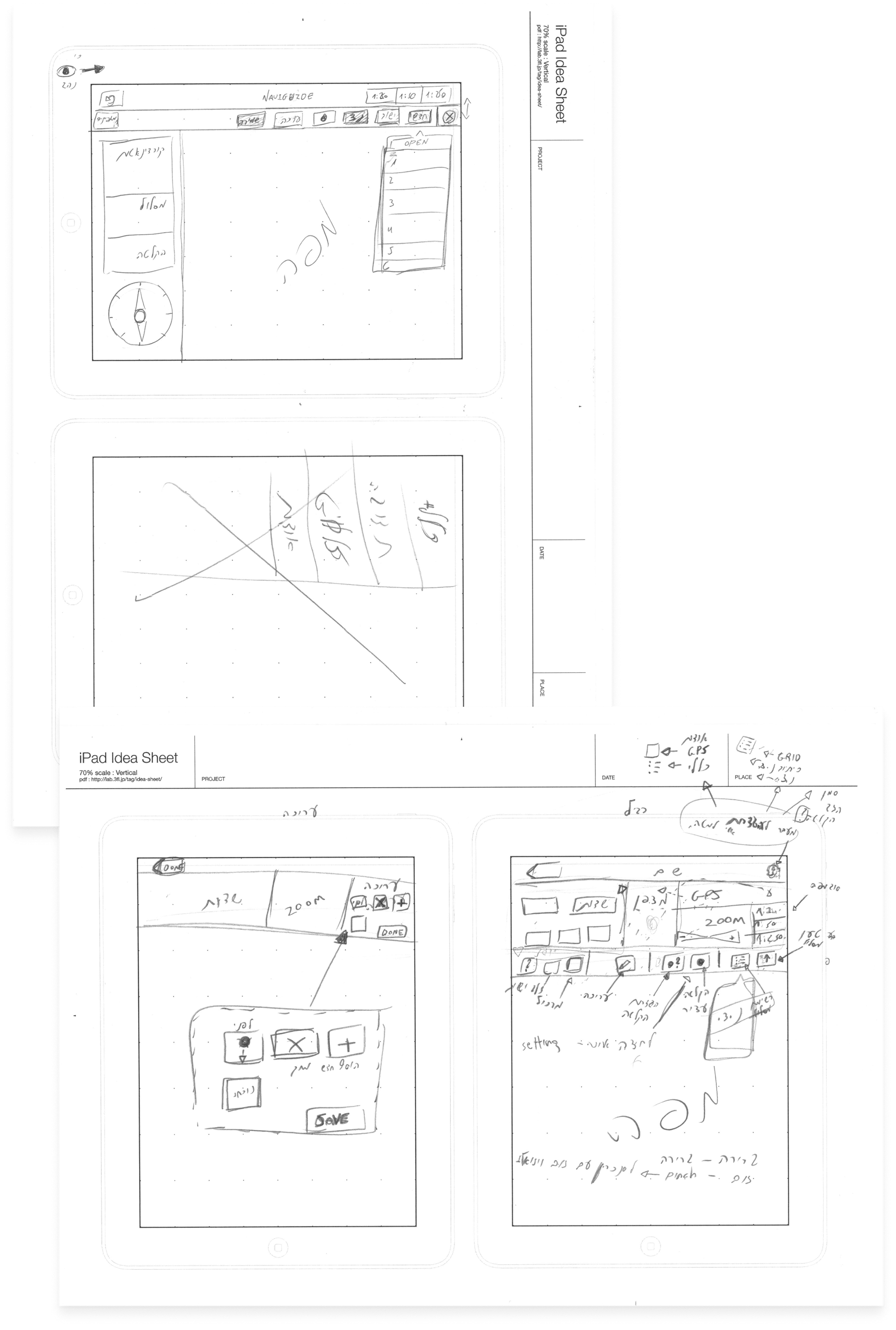
Brain stroming screens and states planning
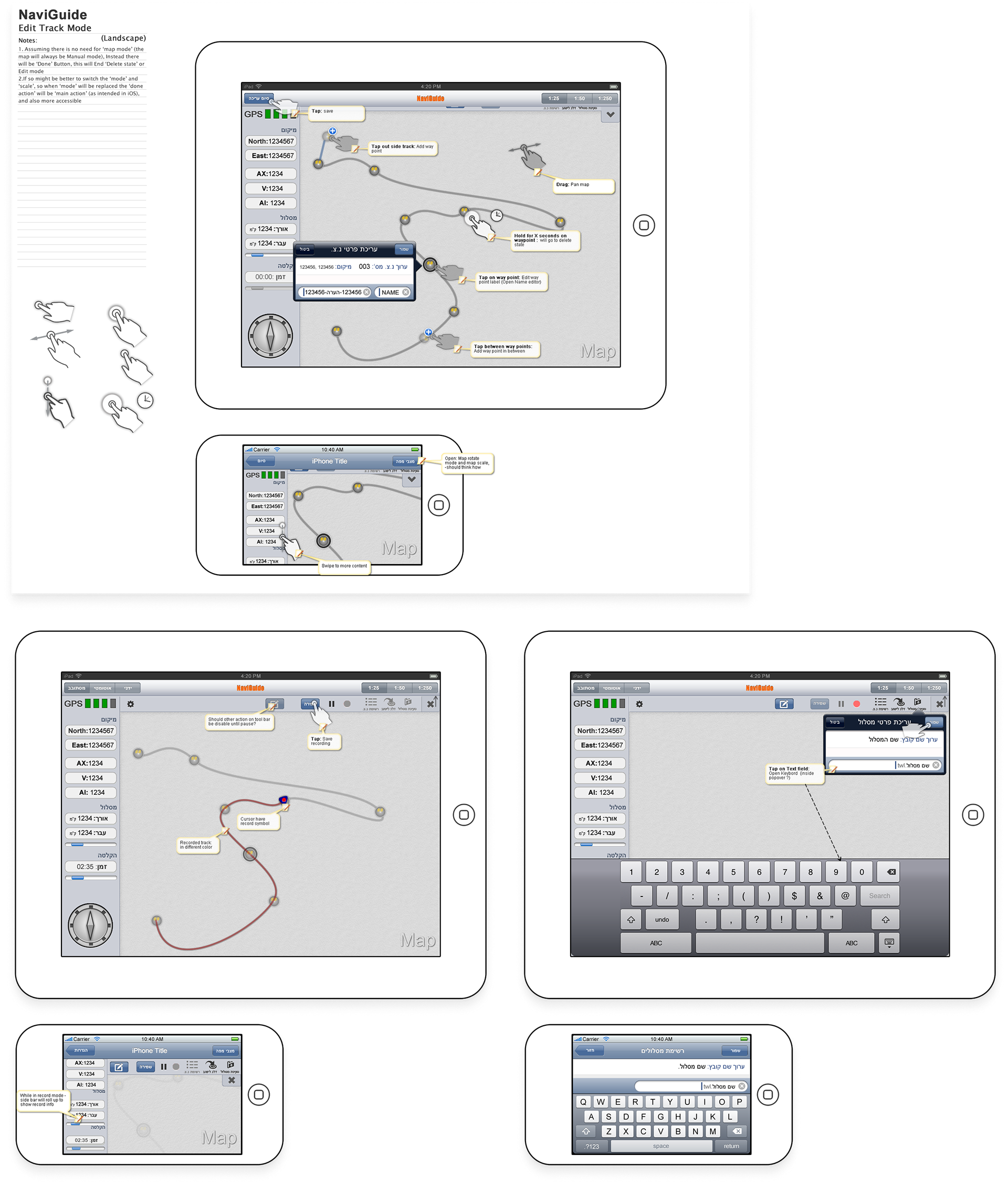
Digital wireframes with gestures planning
Polishing and development support
During the design process a rapid prototyping approach was taken.
All design processes was created in one organized file
This file evolved as the project progressed from rough ideas through low detailed wireframes and into high detailed mock ups, this file also contained annotations and notes to describe decisions and the interactions.
The design document was sent to the developer every one or two weeks, depending on the progress made this allowed to get regular feedback form the developer , if issues were found it was fixed in the design document, re-evaluated and sent back to development.
When all concepts approved the final design was polished and final or missing assets were delivered to the developer to continue the implementation. As most issues addressed through the design process almost no issues needed to be solved after final delivery
See full design document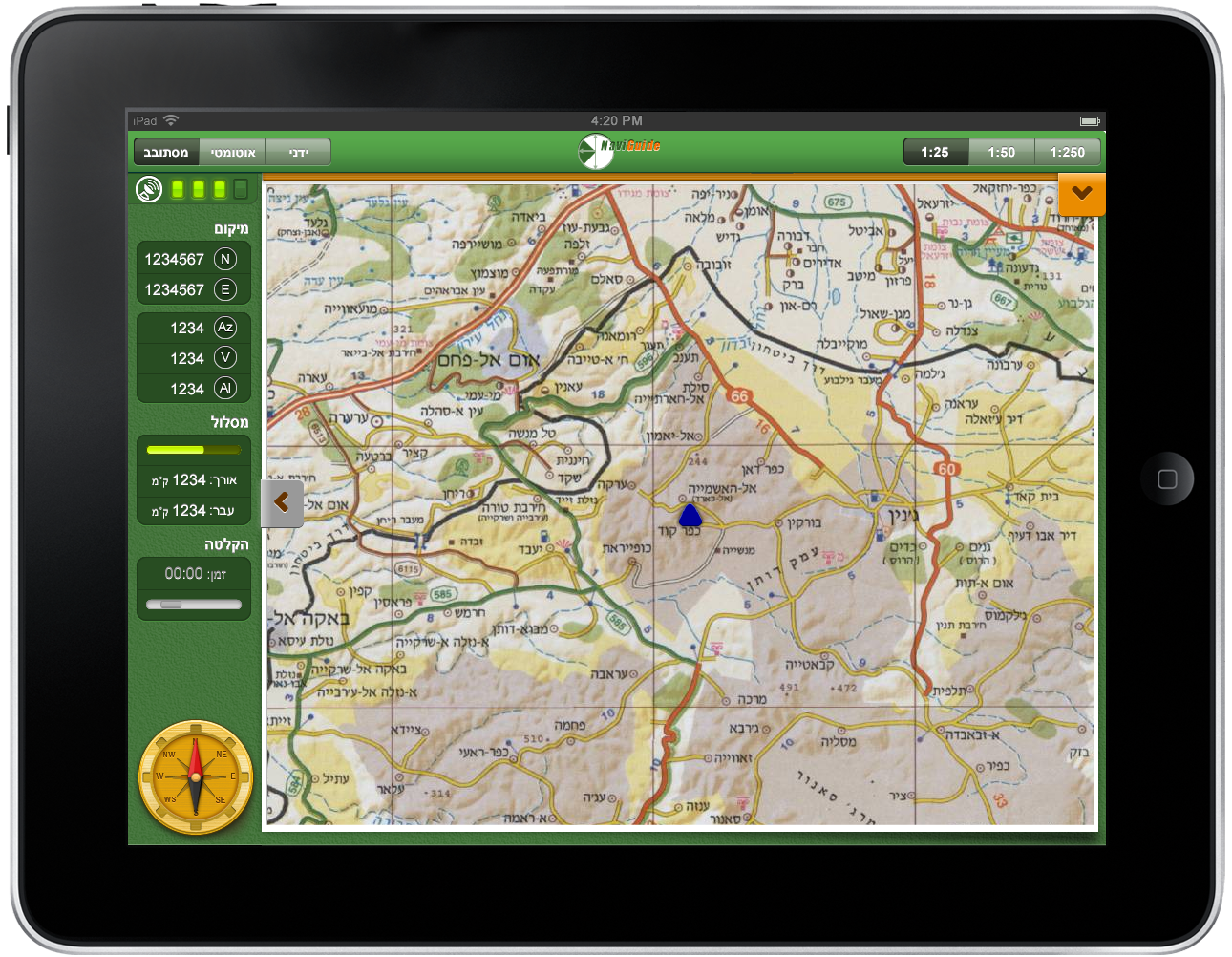

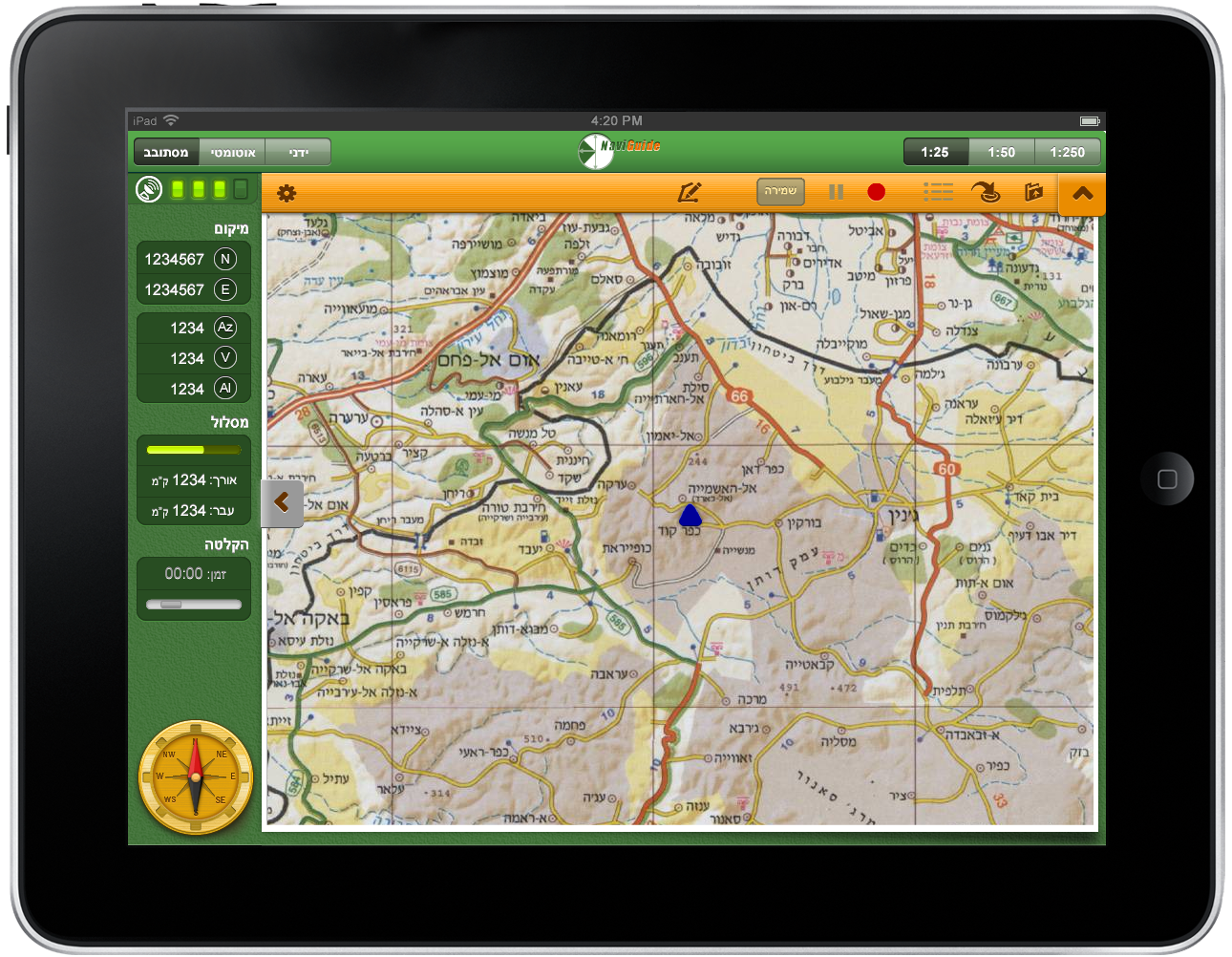
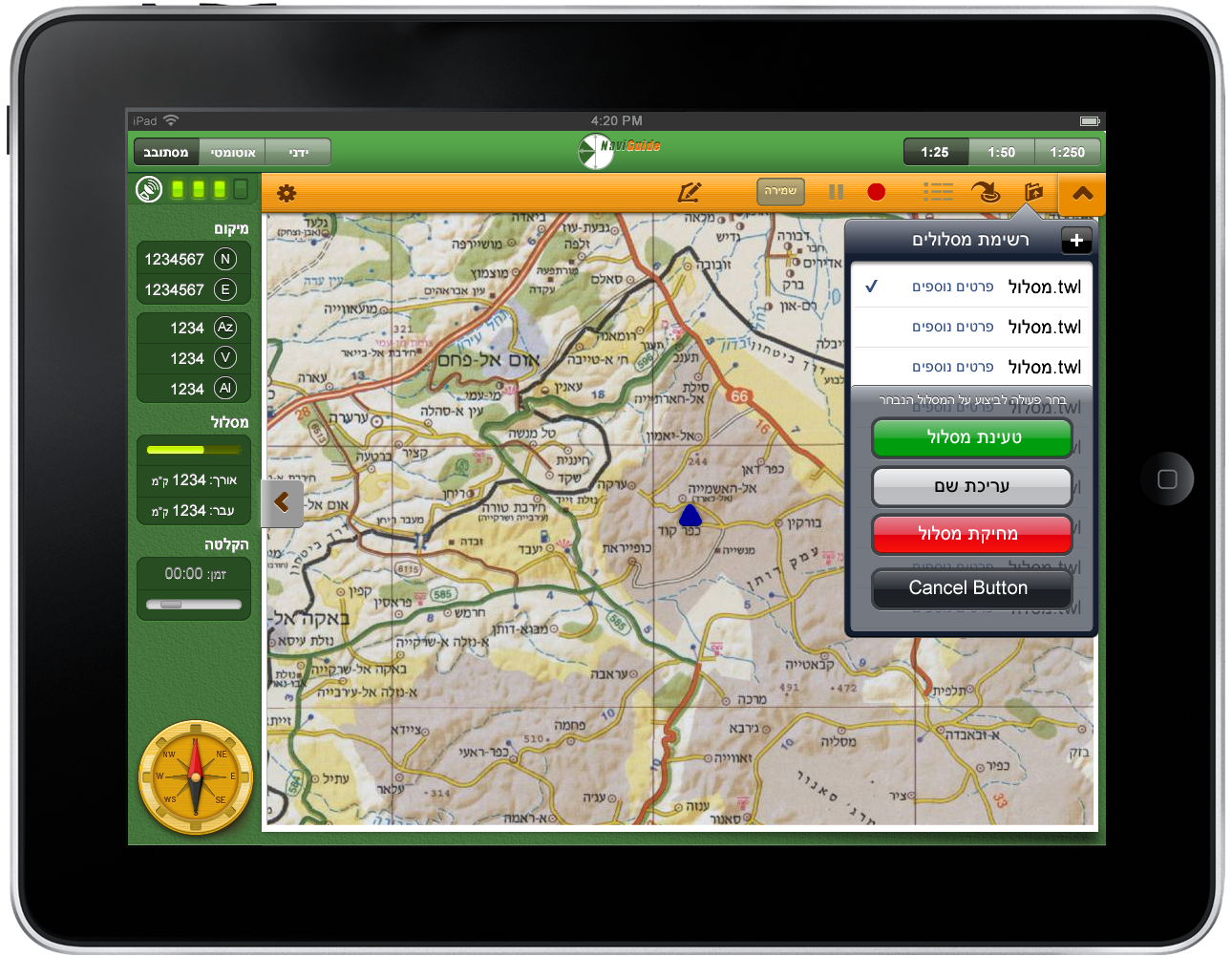
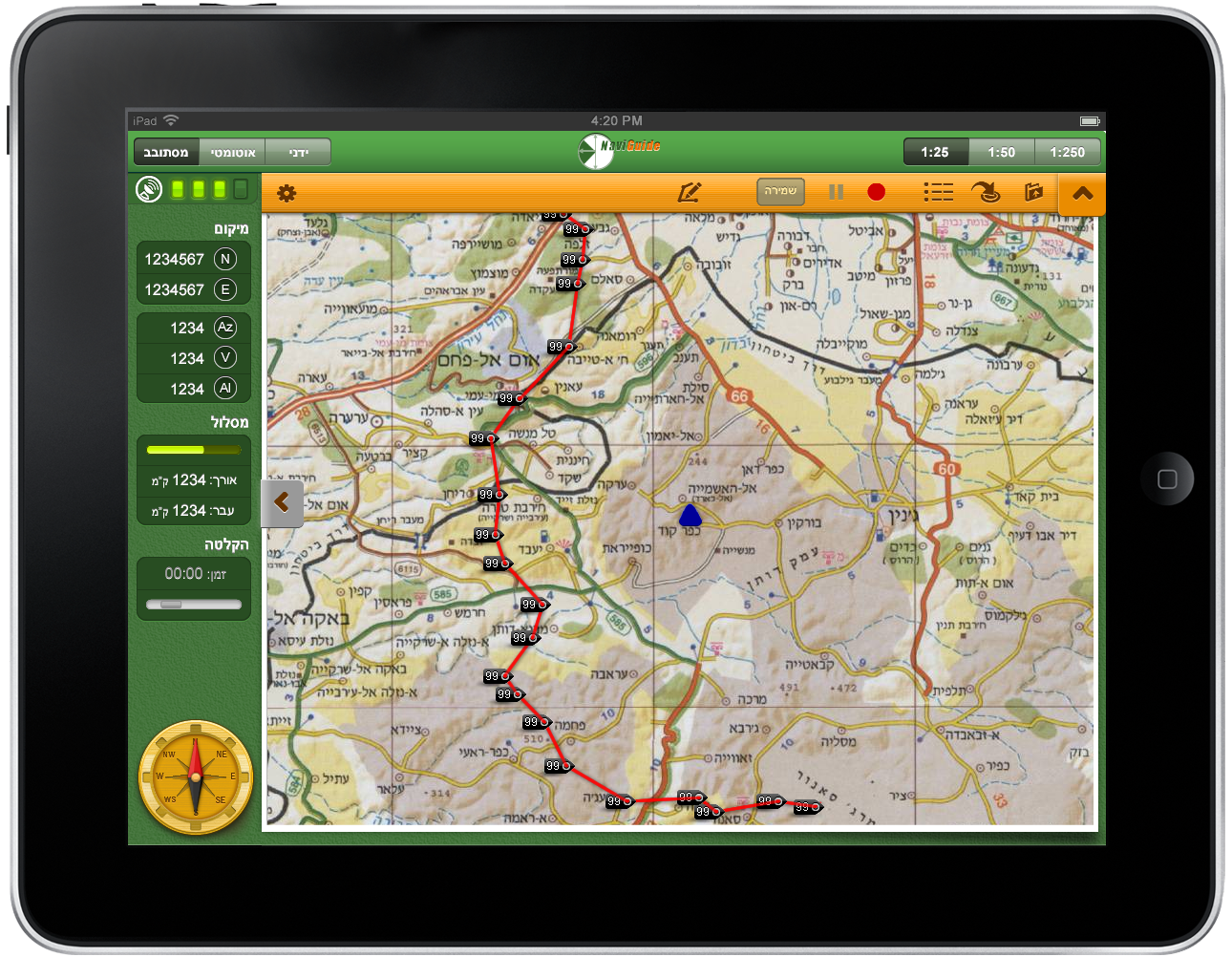
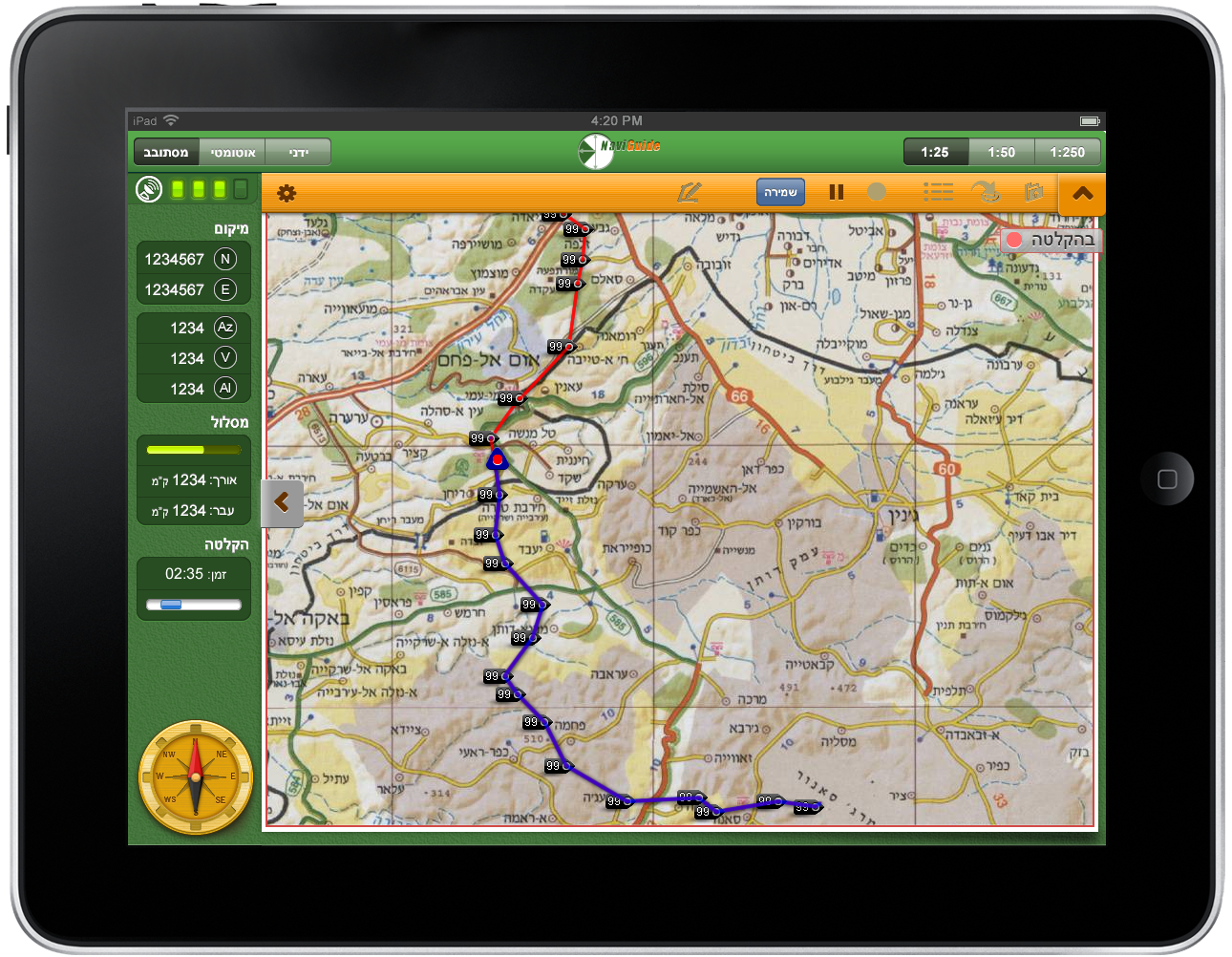
Achievements
1. Managing a full design project as freelance
2. Practice and execute the iOS human interface
guidelines
guidelines




